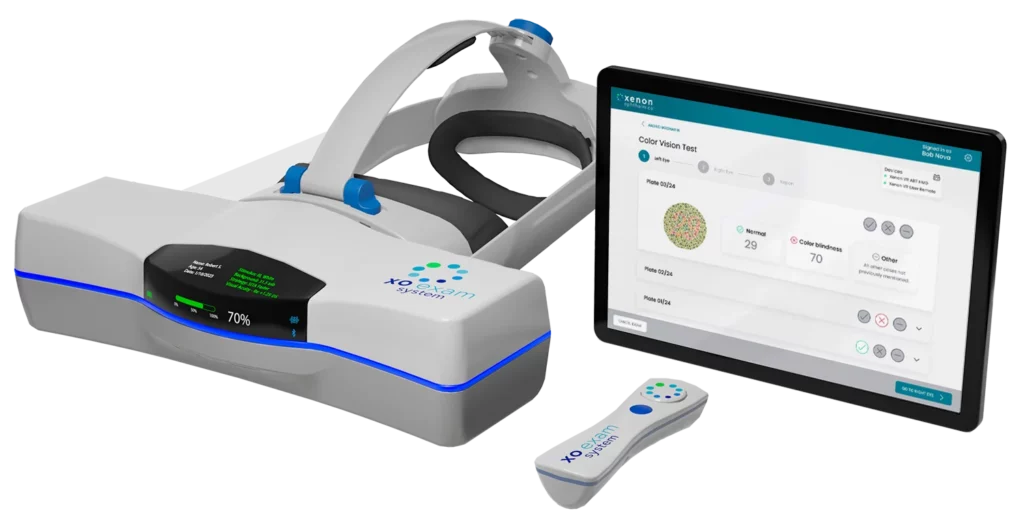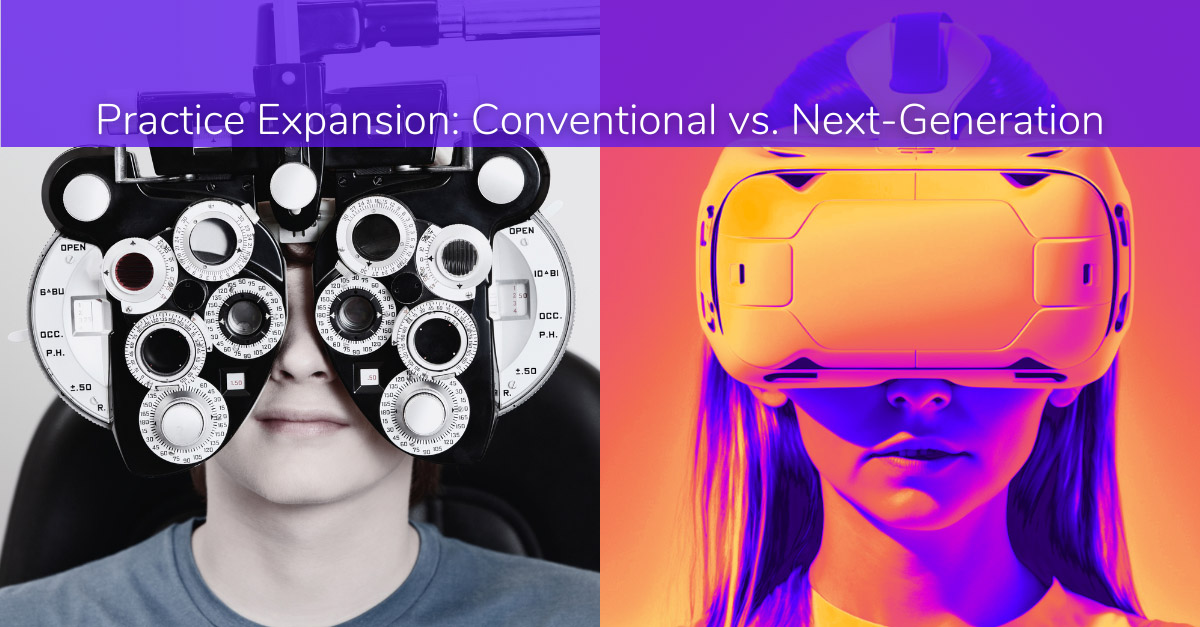Traditional Optometric Practice Costs
Exam Lane Equipment
The cost of conventional exam lane equipment varies depending on the quality and brand of the equipment. However, these are some typical costs for essential equipment:- Autorefractor/keratometer: $50,000
- Digital Phoropter: $25,000
- Slit lamp: $10,000
- Ophthalmoscope and Retinoscope Set: $2,000
- Lensometer:$3,000
- Tonometer:$6,000
- Digital retinal camera:$30,000
- Total estimated cost for exam lane equipment: Upwards of $120,000
Additional Labor
When starting or expanding an optometric practice, you will need to hire additional staff to help with the increase in patients. The labor costs will depend on the number of employees and their salaries. Here are some average salaries for common positions in an optometric practice:
- Optometrist: $100,000-$130,000 per year
- Optician: $35,000-$45,000 per year
- Receptionist: $25,000-$35,000 per year
- Ophthalmic technician: $30,000-$40,000 per year
Office Space Requirements
Office space costs will vary depending on the property’s location, size, and amenities. For a small to medium-sized optometric practice, you can expect to need around 1,500 to 3,000 square feet of space. The cost of leasing or purchasing commercial space will depend on the local market but can range from $15 to $60 per square foot per year which can add as much as $18,000 monthly.
Next-Generation Eye Exam Solutions
As the optometric industry continues to evolve, staying informed about technological advancements is essential. In recent years, wearable eye exam devices have emerged as a cost-effective and efficient alternative to traditional optometric equipment, labor, and office space. These devices are portable, user-friendly, and require minimal office space, making them a popular choice for optometrists looking to reduce costs and increase efficiency.
Furthermore, wearable eye exam devices can help optometrists see more patients in less time, reducing labor expenses. As the demand for affordable and accessible eye care services continues to grow, wearable eye exam devices are becoming an increasingly popular option for both patients and practitioners.
Savings Over Conventional Exam Lane Equipment
Wearable eye exam devices, such as Xenon Ophthalmic’s XO Exam™ System and OllEyes, offer portable, user-friendly solutions for performing visual field examinations and measuring refractive errors for prescribing corrective lenses.
Among the current offerings in the marketplace, only Xenon Ophthalmic’s units are considered medical grade.
These devices typically cost between a fraction of the typical equipment, labor, and space costs associated with expanding an Optometric practice.
Reduced Labor Costs
Wearable eye exam devices can help optometry practices reduce labor costs by minimizing the need for manual input during exams. These devices can automate the process of capturing patient data, making it easier for optometrists to focus on the diagnosis and treatment aspects of the exam. This streamlined process can reduce the time spent on each patient, allowing optometrists to see more patients in a day. By optimizing the workflow, wearable eye exam devices can significantly reduce labor costs in the long run.
Minimal Office Space Requirements
Wearable eye exam devices can be a game-changer for optometry practices that operate in smaller spaces. The compact and portable nature of these devices makes them an ideal choice for practices with limited office space. Optometry practices can benefit from using wearable eye exam devices as they do not require additional space for installation and can be easily transported between different locations. By using these devices, optometrists can maximize their use of space and save on rent costs. Additionally, the minimal space requirements of these devices also make them a viable option for remote eye exams and outreach programs.
Conclusions for Eyecare Professionals
Starting or expanding an optometric practice requires significant equipment, labor, and office space investments. For example, conventional equipment, additional labor and office space can cost upwards of $250,000.
In contrast, next-generation eye exam solutions, such as wearable eye exam devices, offer more affordable alternatives to reduce overall costs and increase efficiency.
When considering starting or expanding an Optometric practice, it is crucial to carefully evaluate the costs associated with traditional equipment, labor, and office space. While conventional equipment has been the standard for many years, next-generation eye exam solutions, such as wearable eye exam devices, offer more affordable and efficient alternatives.
Optometrists and practice owners need to stay informed about technological advancements in the industry and weigh the benefits and drawbacks of incorporating these new solutions into their practice. By comparing the costs and advantages of traditional optometric practices with next-generation eye exam solutions, practitioners can make informed decisions that best suit their specific needs and budget. Ultimately, investing in the right equipment and solutions will help Optometrists provide the best possible care to their patients while optimizing the financial success of their practice.
The Next-Generation of Medical-Grade Wearable Ophthalmic Diagnostic Technology is Here
Xenon Ophthalmics™is on a mission to transform how eye care is delivered around the globe. Our XO Exam™System of interchangeable, wearable ophthalmic diagnostic units offers next-generation aberrometry (XO Exam™ABT) and visual field (XO Exam™VFT) examinations to increase access to eye care.
Our XO Exam™System is the only medical-grade technology to meet the increasing global demand for eyecare and the eyecare professionals’ ability to meet that demand with the highest level of patient care and practice growth potential.
A Comprehensive Approach to Providing Greater Access to Vision Care While Increasing the Quality of the Care Provided

XO Exam™ System
The XO Exam™ System includes diagnostic features of traditional ophthalmic devices like phoropters, autorefractors, and visual field units.



